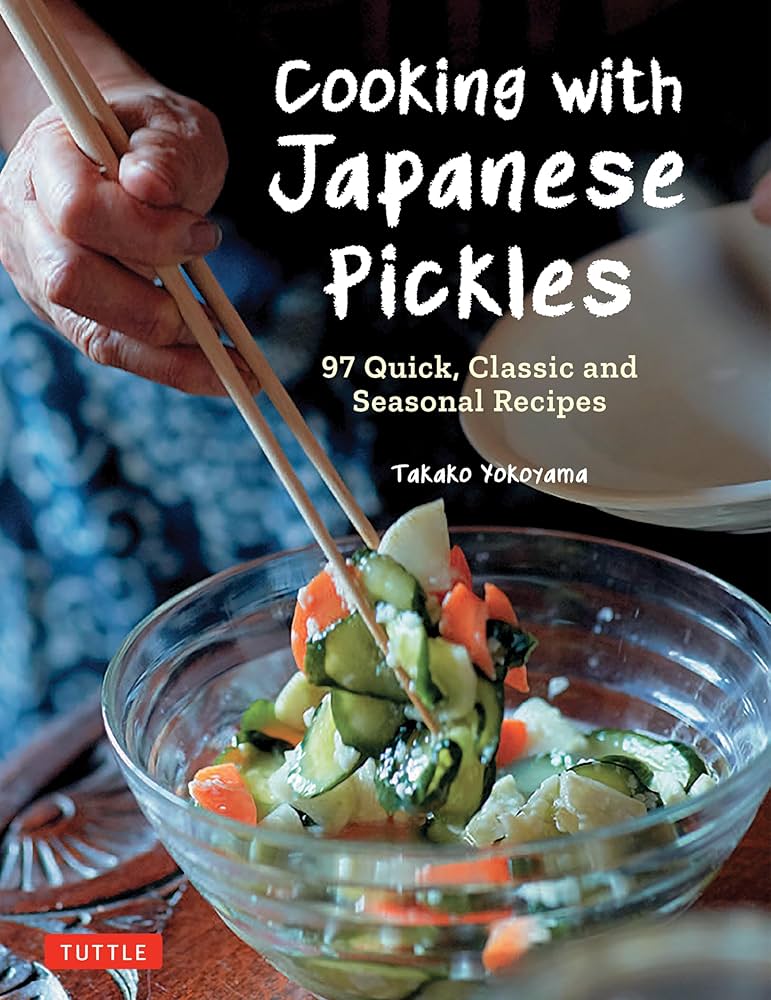Preserving the Harvest: A Guide to Canning and Community Traditions
As summer draws to a close, the kitchen transforms into a sanctuary of buzzing activity, where the vibrant harvest finds its way into jars, producing a cozy warmth that resonates with nostalgia. The art of preserving fruits and vegetables not only safeguards the bounty of our gardens but weaves together family traditions and community engagement.
Gathering summer produce for preservation.
A Timeless Craft Revived
Many can recall the comforting taste of freshly preserved peaches or the delightful crunch of dill pickles, food that recalls childhood memories and family gatherings. Morgan King, a family & consumer sciences expert, reminisces about her days on a Southeastern North Carolina farm, where canning was not just a chore but a cherished tradition. Her grandmother spent countless hours transforming summer’s sweetest offerings into treats that graced their table throughout the year.
The practice of home canning saw a significant resurgence during recent years, with many families eager to reclaim this lost art amid pandemic-related disruptions. As interest in gardening spiked, so too did the desire for homeowners to preserve their produce. Whether for survival or sheer enjoyment, modern canning combines the knowledge of tried-and-true methods with exciting new recipes.
Safety First in Canning
With the rise in popularity, it’s essential for new canners to understand the importance of food safety in preservation. Modern kitchen hobbies bring with them a wealth of misinformation; therefore, following tested recipes is vital. Laura Griffin from Colorado State University emphasizes that “following tested recipes explicitly” ensures quality and safety in the canning process. Organizations like Ball Mason Jars provide numerous resources for anyone venturing into this rewarding hobby.
Methods of Preservation
Different preservation methods yield various flavors and experiences:
- Canning: Use water bath or pressure canning for long-lasting results.
- Freezing: Remember to blanch vegetables before freezing to lock in freshness.
- Drying: A classic method, which involves removing moisture from food.
- Fermentation: An ancient technique that not only preserves but enhances flavors.
Canning jars ready for a delicious harvest.
Culinary Adventures Await
The joy of canning lies not just in the preservation itself, but in the culinary adventures it opens up. For instance, savory corn pudding can become a highlight of winter meals, a comforting dish made from preserved summer corn. Or imagine creating a delightful peach pie using sweet preserved peaches to wow your family at gatherings.
Savory Corn Pudding Recipe
Mix together 3 tablespoons all-purpose flour, 2 tablespoons granulated sugar, and 2 teaspoons baking powder, then fold in your preserved corn for a fabulous dish that connects summer to winter.
Sweet Peach Pie
A crowd favorite, this pie demonstrates how summer flavors can extend beyond their season. With ingredients including one cup of flour and half a cup of butter, this pie brings your summer harvest into festive occasions.
Celebrate Community Through Pickling
Communities across America celebrate the tradition of canning and preserving through fun events. One such celebration, the Pickle-Off, has become an annual highlight in Minneapolis, organized by the Native American Community Development Institute. Participants compete for the title of the best pickle, sharing not only their culinary talents but also promoting food sovereignty—a practice rooted in the rights of communities to reclaim their local food systems.
Participants enjoying the atmosphere at the annual Pickle-Off.
At these events, judges award prizes based not just on taste, but also on creativity and presentation. Winning participant Destiny Jones shared her insights, emphasizing the significance of using fresh herbs like dill and garlic to elevate her “Spicy Dill” recipe. This environment fosters friendship, learning, and a renewed respect for local food traditions.
Keep Traditions Alive
The essence of preserving not only feeds our bodies but nurtures our relationships. As participants at the Pickle-Off noted, preserving food allows families to bond over shared experiences, learning from one another while celebrating their heritage. Dr. Angie Erdrich, a physician and pickling enthusiast, recognizes that the integration of gardening with these practices empowers communities to take ownership of their food systems.
“Taking care of their food and taking ownership of what they’re putting into their bodies is a holistic approach to food sovereignty,” she remarks.
As we transition from the vibrant colors of summer to the golden tones of autumn, now is the perfect time to embrace the art of preservation. Consider gathering your loved ones for a canning session, rediscovering the joy of working together to enjoy those summer flavors all winter long—a practice that delivers both sustenance and satisfaction.
Gathering for a fun canning session with family.
Participate in Canning Classes
If you’re eager to jump into the world of canning, local resources abound. According to King, hands-on classes are being offered, such as the one scheduled for October 7th at the N.C. Cooperative Extension in Wilmington. Whether you’re a seasoned pro or a complete novice, there’s a place to deepen your knowledge and skills safely. Participants will find a welcoming atmosphere where they can learn more about dill pickles and other preservation techniques while discussing best practices with experts in the field.
Join the canning community and create your own culinary traditions while cherishing the age-old practice of preserving the harvest.
Conclusion
As the days grow shorter and the leaves begin to fall, take a moment to reflect on the warmth that food preserves bring into our homes. Whether canning tomatoes, peaches, or preparing your favorite dill pickles, each jar is a vessel of history—a celebration of seasons past and a promise of delicious meals to come. So let’s raise our jars in a toast to good food, good company, and the cherished art of preservation.
For more information on preserving food safely, visit the Food Science and Human Nutrition Extension Agents for essential tips and guidelines.















